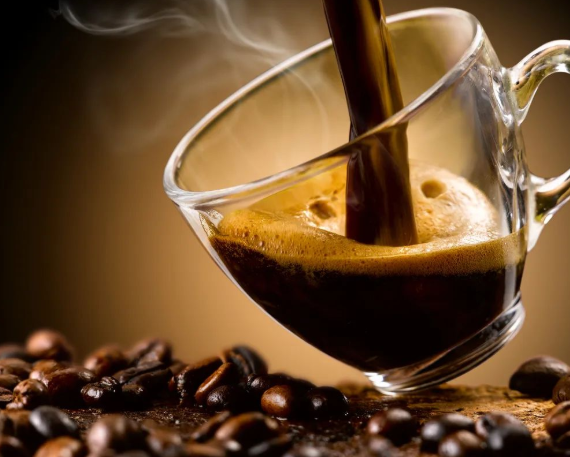The formation and change rule of main roast flavor of coffee
Objective:Only after appropriate roasting treatment can the unique flavor of coffee be produced. Under different roasting conditions, coffee flavor precursors form rich flavor substances through a series of complex chemical reactions. At present, about 1000 volatile substances can be detected, and about 30 representative aroma components directly related to coffee flavor. However, there are still many other flavor substances without strong regularity. The roasting of specialty coffee at home and abroad mostly depends on experience and lacks unified quantitative standard. This paper summarized the relationship between coffee roasting conditions and the formation and change of main flavor substances, in order to provide help for the development of coffee fine roasting technology.
Methods: The appearance and color changes of roasting degree were measured by Infrared Caramel Analyzer (Agtron) or Colorimeter. The commonly used roasting equipment mainly includes manual roasting and mechanical roasting.

Results: The roasting process of coffee is usually divided into three stages: high-temperature dehydration, high-temperature reaction and normal temperature cooling. The time of high-temperature dehydration stage is about half of the total roasting time. When the moisture content decreases to about 6%, the bean body temperature begin to exceed 100 ℃. When the surface temperature of beans rises to about 170 ℃ and roasting enters the high-temperature reaction stage, the chemical reaction of flavor precursors will occur in beans. The Maillard reaction between polysaccharides and amino acids will produce flavor compounds, such as pyrazine, furan, aldehyde and ketone. α- Strecker degradation reaction between amino acids and dicarbonyl compounds produces aldehydes and ketones. The above process is accompanied by the release of a large amount of gas, including CO2, which leads to the first burst of the bean body and the bean turns light brown. When the temperature continues to rise to about 190 ℃, the carbonization of fiber leads to the second burst, oil precipitation and the bean body becomes dark brown. After roasting, the coffee cools immediately to retain its aroma.
Conclusion: The taste of green coffee beans is not ideal. After proper roasting, chlorogenic acid, trigonelline, polysaccharide, fat and protein undergo Maillard and Stryker degradation and caramelization, forming the characteristic flavor of coffee, including furan, pyrazine, pyridine, pyrrole, aldehyde and ketone, sulfide, phenols, organic acids, and other volatile aromatic substances. According to the existing literature, the variation law of single variety and single component flavor substances has been well discussed. However, there are few studies on the interaction law of different flavor substances, the change of specific flavor substances and the correlation of the overall flavor of coffee. In general, it will be helpful to continue to build the model of “main component content of coffee- roasting technology- flavor substance content and type” from multiple angles and carry out relevant researches to accurately control roasting conditions to obtain the best coffee flavor.
